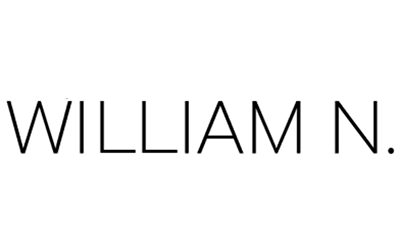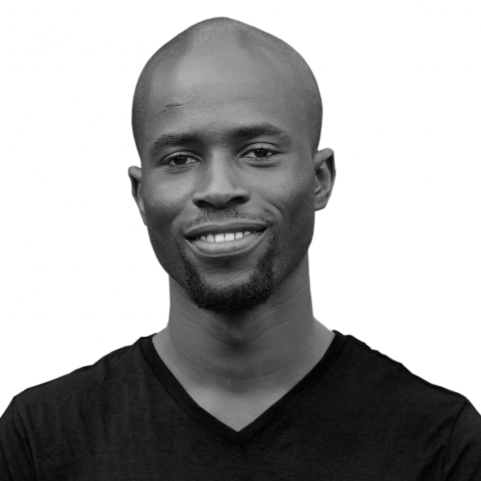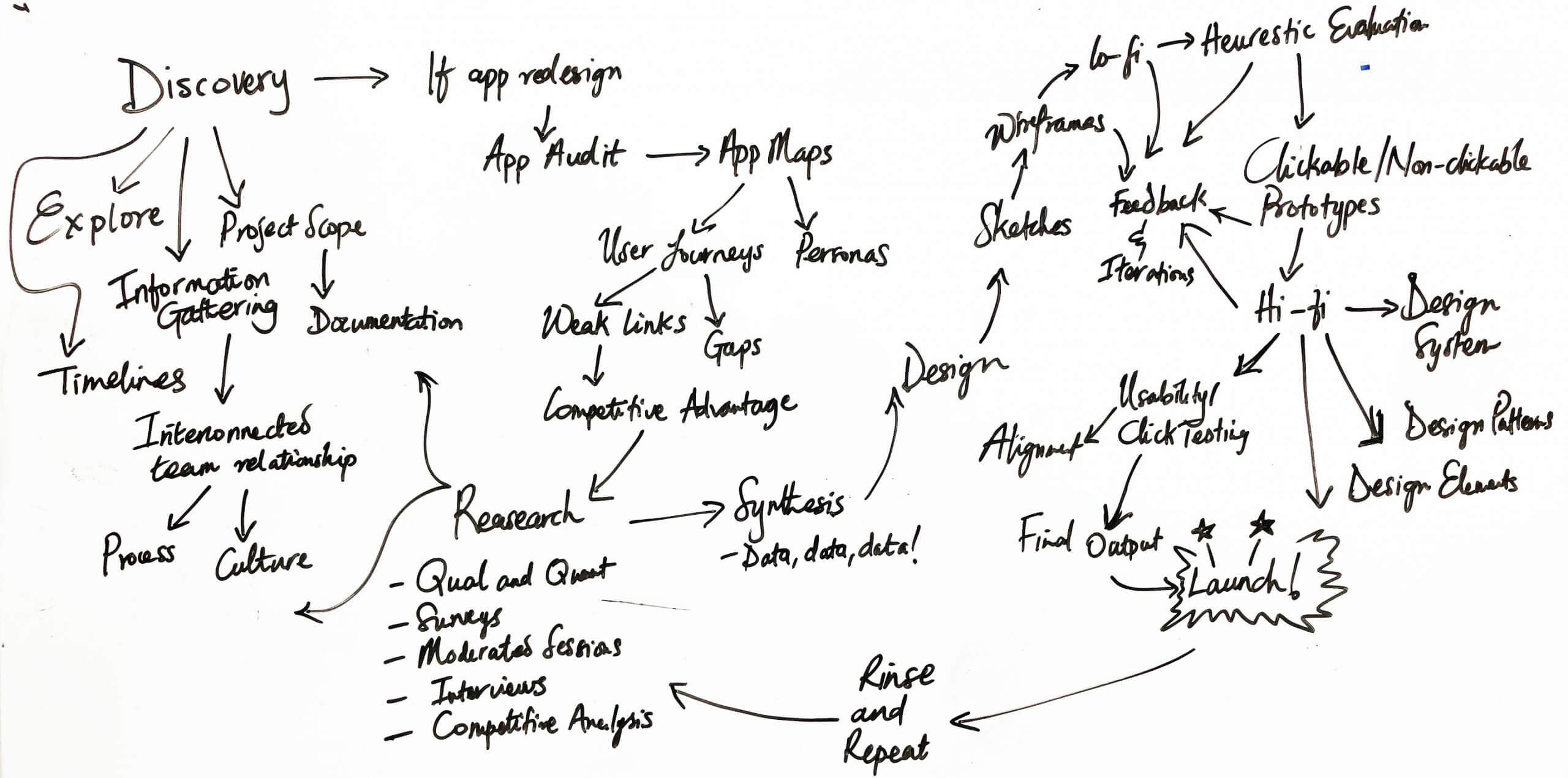I start by stretching out and doing pushups, then a long walk down the beach.
Okay, I’m kidding. Well, maybe only about the “beach” part. However, I do ensure that my mental and physical health are well maintained because they are a vital aspect of what I do as much as my creative expertise.
My process is an ever-evolving one that orbits the user. No two projects are the same.
Though unique to each project, there are 7 core principles that I abide by regardless of project type.


